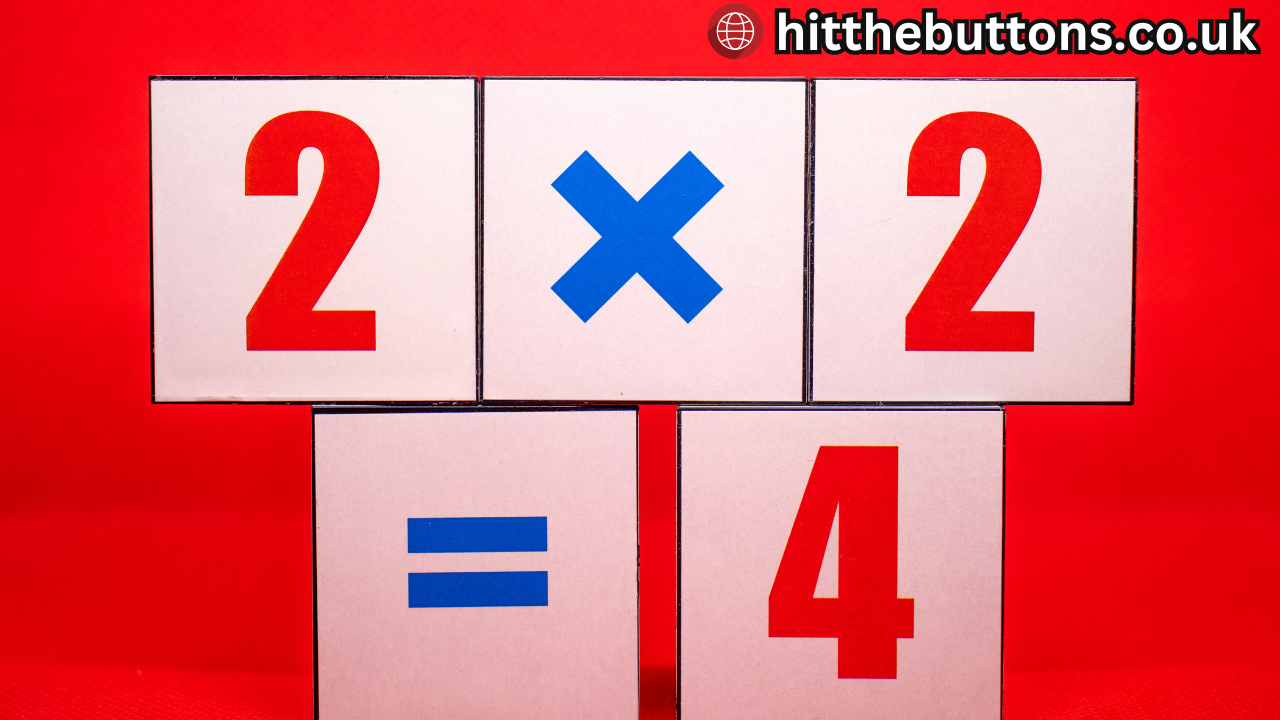When kids tackle multiplication, quick recall can sometimes feel like climbing a steep hill. It’s not just about getting the answer right; it’s about getting it fast! So, why does this quick recall matter so much? Well, speed and accuracy in multiplication lay a strong foundation for more advanced math skills. How to help kids with quick multiplication recall is key to making this process smoother and more enjoyable.
But here’s the kicker: kids often hit roadblocks. Whether it’s memory lapses or simple anxiety during tests, these hurdles can hinder their progress. So how can we help them leap over these obstacles? Let’s break it down!
Fun Ways to Teach Multiplication
Games and Activities
Who says learning has to be boring? Turning multiplication into a game can make it more engaging and effective.
Multiplication Bingo
Picture this: your child sitting at the table, eyes glued to a colorful bingo card filled with multiplication problems. As you call out answers, they mark their cards, all while racing to shout “Bingo!” This quick fire maths practise game not only sharpens their recall but also adds a dash of excitement.
Card Games
Grab a deck of cards and turn it into a fun multiplication challenge. For example, draw two cards and have your child multiply the numbers. It’s quick, easy, and can be done anywhere—perfect for car rides or waiting rooms!
Using Technology
In this digital age, kids are tech-savvy, so why not use that to our advantage?
Apps and Online Games
There are countless apps designed specifically for multiplication practice. Kids can play games that reinforce their skills while keeping them entertained. Plus, many of these apps track progress, so you can see how they’re improving.
YouTube Tutorials
Sometimes, a different voice can make all the difference. YouTube is filled with educators creating fun, engaging videos that teach multiplication concepts. A quick search can lead you to interactive lessons that your child might find more relatable than traditional methods.
Visual and Hands-On Techniques
Multiplication Charts
Visual aids can be incredibly effective. A multiplication chart displayed prominently can help kids see patterns and relationships between numbers. Encourage them to refer to it as they practice—over time, they’ll need it less and less!
Hands-On Manipulatives
Counters and Blocks
Using physical objects like counters or blocks makes multiplication tangible. Kids can physically group items to visualize what multiplication means. This method is especially helpful for kinesthetic learners who grasp concepts best through movement.
Drawing Arrays
Another fun approach is drawing arrays. Have your child draw a rectangle divided into rows and columns. For instance, for 3 x 4, they’d draw 3 rows of 4 dots. This visual representation can help solidify their understanding of multiplication.
Incorporating Real-Life Examples
Cooking and Baking
Cooking is a fantastic way to introduce multiplication. When following a recipe, ask your child to double or triple the ingredients. This real-world application makes the math feel relevant and practical.
Shopping Scenarios
Next time you’re at the store, involve your child in some price calculations. If something costs $3 each and you want to buy 4, ask them to multiply the numbers to find the total cost. It’s a great way to connect math with everyday life.
Encouraging Consistent Practice
Daily Multiplication Drills
Consistency is key! Setting aside a few minutes each day for multiplication drills can work wonders. You could use flashcards, online quizzes, or even spontaneous quizzes during car rides.
Setting Up a Routine
Kids thrive on routines. Create a specific time for multiplication practice, whether it’s right after school or during breakfast. The more routine it becomes, the less resistance you’ll face.
Using Positive Reinforcement
Reward Systems
Everyone loves a little incentive! Establish a reward system for achieving multiplication goals. It could be as simple as stickers, extra screen time, or a small treat. Celebrating achievements keeps motivation high.
Celebrating Small Wins
Even minor improvements deserve recognition. Celebrate those moments, whether they’ve mastered a new multiplication fact or completed a challenging worksheet. Positive feedback boosts confidence and makes them eager to learn more.
Resources for Parents and Educators
Books and Worksheets
Consider investing in some multiplication workbooks. There are plenty available that cater to different learning styles and levels. Pair these with fun books that incorporate math concepts to keep things interesting.
Websites and Online Courses
The internet is full of resources for learning multiplication. Websites like Khan Academy offer structured lessons and exercises. Additionally, many educational sites provide free downloadable worksheets for extra practice at home.
Conclusion
Helping kids with quick multiplication recall doesn’t have to be dull or frustrating. With games, creativity, and real-life applications, it can be a blast! Encourage them, celebrate their successes, and watch as they transform into multiplication whizzes.
How to Help Kids with Quick Multiplication Recall FAQs
-
What age should kids start learning multiplication?
Most kids begin learning multiplication around 2nd or 3rd grade, but some can start earlier if they’re ready.
-
How long should practice sessions be?
Aim for 10 to 15 minutes a day. Short and regular sessions help keep interest alive without burnout.
-
Can multiplication be taught without worksheets?
Absolutely! Games, storytelling, and real-life applications can be just as effective, if not more.
-
What are some tips for visual learners?
Use visual aids like charts or flashcards. Incorporate colorful images and diagrams to make multiplication more engaging.
-
How can I tell if my child is struggling with multiplication?
Signs include frustration during practice, avoidance of the subject, or slow recall. If you notice these, it might be time for some extra support.
